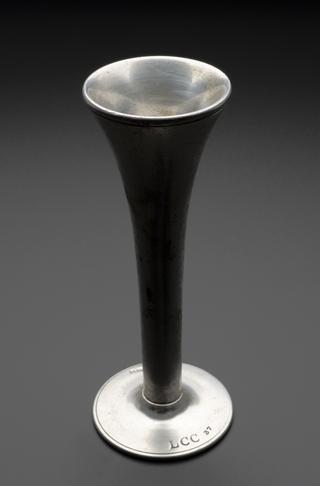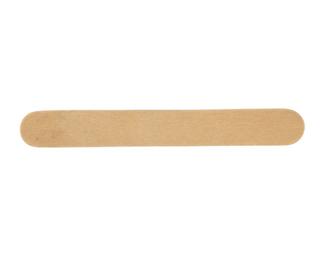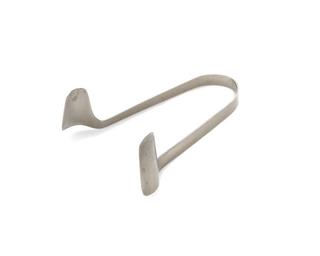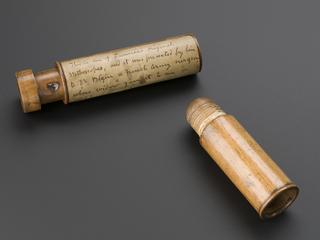
Fibre-optic endoscope, Japan, 1980
- maker:
- Fuji Photo Optical Co. Ltd





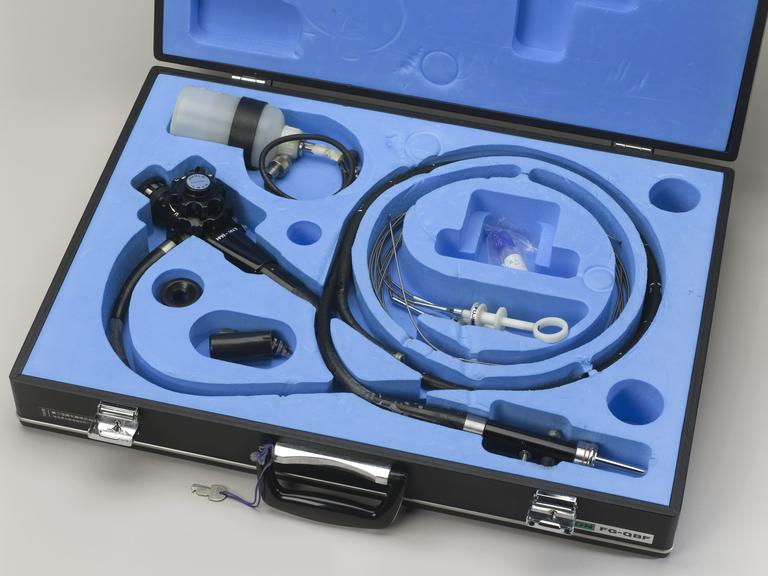
Fibre-optic endoscope - Model FG-QBF, serial number 9202317, forward view, in case, 1980, made by Fujinon, Japan - for Oesophago - Gastro Duodenoscopy, with operation manual
Endoscopes help surgeons look inside the body without the need for surgery. This fibre optic endoscope was used for Oesophago-Gastro Duodenoscopy, a procedure that lets the surgeon view the oesophagus (the food pipe), the stomach and the duodenum (first portion of the small intestine). Fibre optic endoscopes were developed in the 1960s. They consisted of a tube composed of thousands of small fibres which allow light to be reflected around corners. This meant the tube could bend as it was inserted into the body.
The technology let doctors view the lining of the stomach and intestines. This procedure is called a gastroscopy. The physician looks down the tube, takes photographs and, if necessary, can use long forceps to take a small biopsy for laboratory testing. This model was made by Fujinon in Japan.
Details
- Category:
- Clinical Diagnosis
- Object Number:
- 1993-1023
- Materials:
- metal (unknown) and plastic (unidentified)
- Measurements:
-
overall: 125 mm x 600 mm x 420 mm,
- type:
- endoscope
- credit:
- Willoughby, J.M.T.
